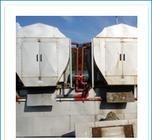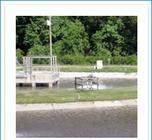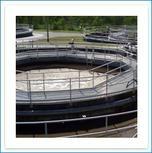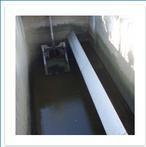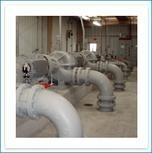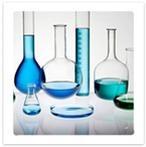ABOUT US
SOUTH ISLAND PUBLIC SERVICE DISTRICT
SIPSD provides water and wastewater services from the Cross Island to the Fresh Market Center. Our service area also encompasses all four of the south-end plantations, Sea Pines, Wexford, Shipyard, and Long Cove.
While our daily demand averages 6 million gallons of water per day, at peak it requires 8.5 million gallons each and every day. The water is produced from a combination of:
-13 Floridan Wells (Approximately 120’ Deep)
-1 Cretaceous Well (Approximately 3,832’ Deep)
-1 Reverse Osmosis Water Treatment Plant
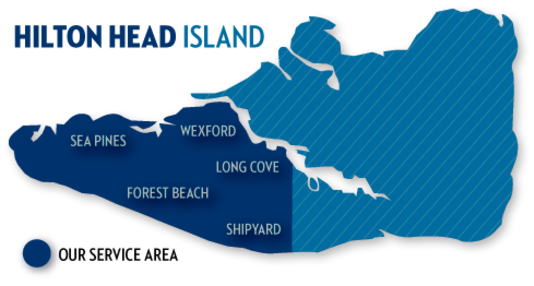
R.O. PLANT A.S.R. WELLS
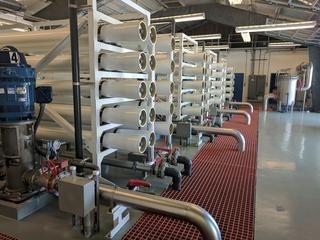
We’ve been operating our Reverse Osmosis (RO) treatment plant since 2001. Due to limitations on the use of fresh Floridan Aquifer water imposed by the State, we expanded the RO plant from 1.5 to 3 million gallons per day of output, maximizing the use of the deep, geothermal and brackish Cretaceous well supply. The current process consists of a plate-and-frame heat exchanger/cooling tower process, followed by RO. The heat exchanger/cooling tower process reduces the Cretaceous water temperature from 122 degrees to around 104.
The RO process operates at a recovery rate of 80 percent.
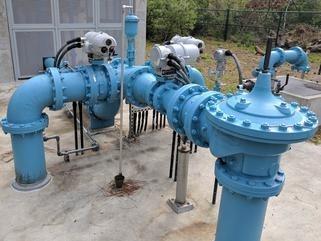
Our water is stored using a combination of a 2 Million Gallon Above Ground Storage Tank, 3 Elevated Storage Tanks (Water Towers) with a 300,000 gallon capacity each, and 2 Aquifer Storage and Recovery (ASR) Facilities that store about 300 Million Gallons.
ASR storage & recovery is a cost-effective way to store huge volumes of water using natural geologic formations beneath the earth’s surface. These two facilities allow water to be stored when demand is low, and recovered during high-demand periods.
WATER QUALITY
Our water, which is drawn from the Floridan and Cretaceous Aquifers, is considered moderately hard. Please reference our annual consumer confidence report for more details about our water.
It is impossible to ignore how important clean, safe water is in our daily lives. We use it for many things – cooking, cleaning, bathing, and – most importantly – drinking. Your drinking water consistently meets or surpasses all of the water quality standards established by the Environmental Protection Agency (EPA) and the South Carolina Department of Health and Environmental Control (DHEC).
We check the quality of your drinking water carefully and consistently. South Island PSD takes water samples from the groundwater wells, throughout our water system, and at water taps in homes in our service area. Both a certified, independent lab and the South Island PSD certified lab perform tests on these water samples. South Island PSD regularly reports test results to DHEC. DHEC also performs sanitary surveys to check water quality regularly.
We have a Reverse Osmosis Plant that provides high-quality drinking water along with groundwater drawn from the aquifers that are chlorinated for disinfection before distribution to our customers. We also store treated water underground in Aquifer Storage and Recovery (ASR) wells and recover that water when demands are high. During the wet season, treated drinking water is pumped from the water treatment plants into the wells. During dry months or droughts, the water is pumped back out for delivery to you. This storage system allows us to maximize existing treatment plant capacity and defer expensive water system expansions.
All Drinking water, including bottled drinking water, may be reasonably expected to contain at least small amounts of some contaminants. To ensure that tap water is safe to drink, EPA prescribes regulations that limit the number of certain contaminants in water provided by public water systems. Food and Drug Administration (FDA) regulations establish limits for contaminants in bottled water, providing the same protection for public health.
Some people may be more vulnerable to contaminants in drinking water than the general population. Immuno-compromised individuals, such as persons with cancer undergoing chemotherapy, persons who have undergone organ transplants, people with HIV/AIDS or other immune system disorders, some elderly people, and infants can be particularly at risk from infections. If you are immuno-compromised, seek advice from your health care provider. Guidelines on reducing the risk of infection from contaminants are available from the Safe Drinking Water Hotline (1-800-426-4791).
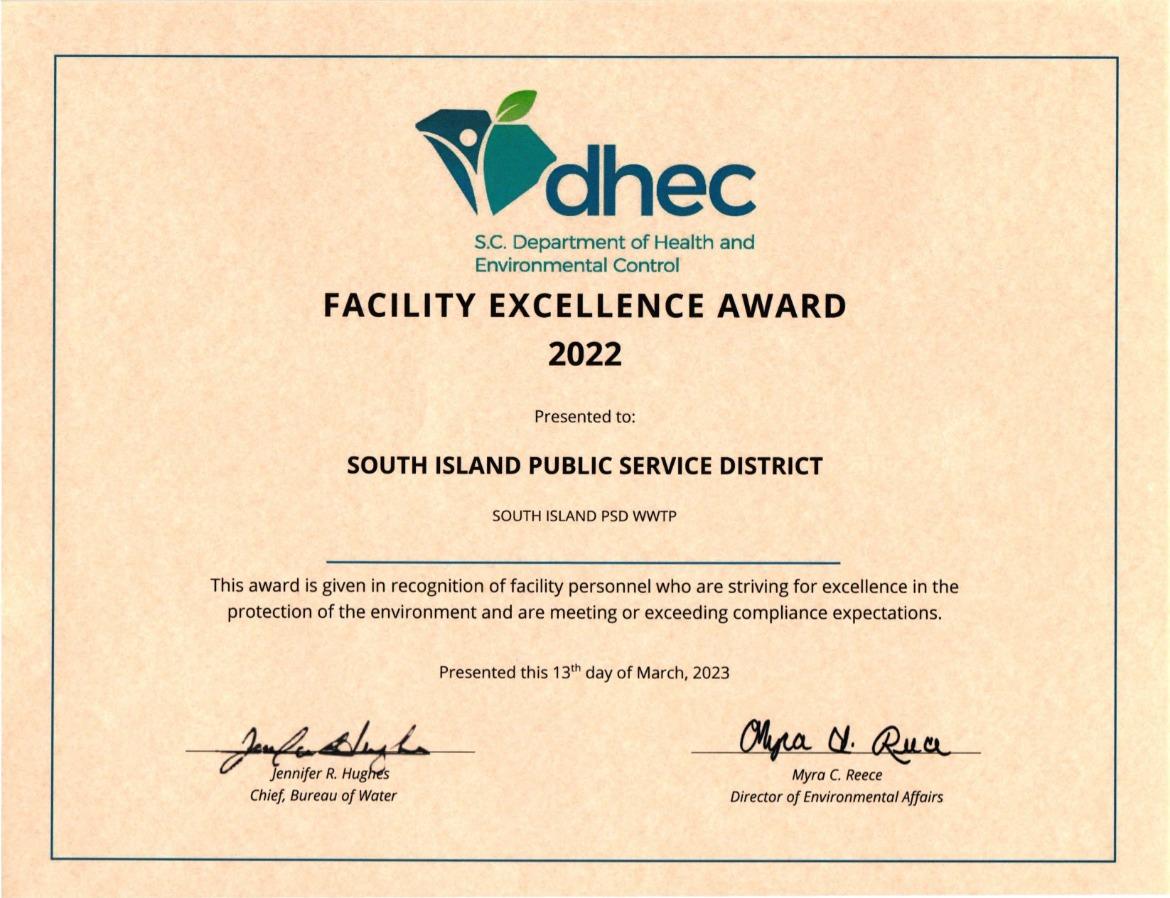
WASTEWATER TREATMENT PLANT
-nwG1NsEO-20220915-130128.jpg)

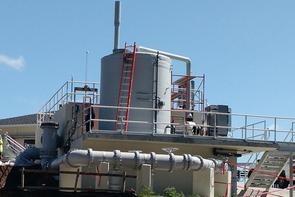
The District’s reclaimed water system is one of a kind.
It provides reclaimed water services to 7.5 golf courses and 130 commercial customers, which equates to an average of 380 million gallons of reclaimed water sold every year.
An average of 440 million gallons of reclaimed water is pumped into our wetland restoration program each year. This program covers 105 acres in the Sea Pines Forest Preserve, restoring and maintaining the wetlands. It is the oldest natural wetland system in the entire southeast region of the United States!
Over 900 million gallons of water each year are recycled.
Our facilities are designed to treat and recycle 5 million gallons of water each day, and our current demand averages 2.5 million gallons. Our Wastewater Treatment facilities employ state-of-the-art technologies and are the only fully reclaimed water facility on South Carolina’s coast.
Always improving.
The District recently finished construction on our new solids handling facility, laboratory administration facility, and maintenance building. We've recently made other improvements to the headworks facility including new screens, grit separation, and completed construction on a dual-phase odor scrubber.
See the images below for an overview of the process!
